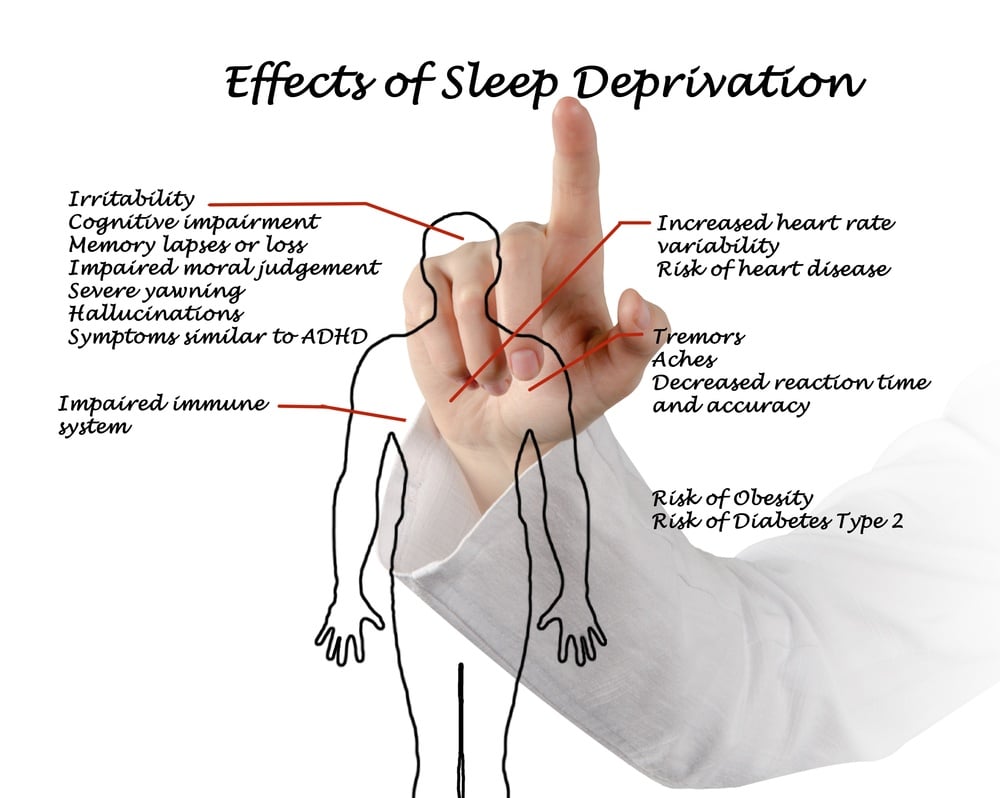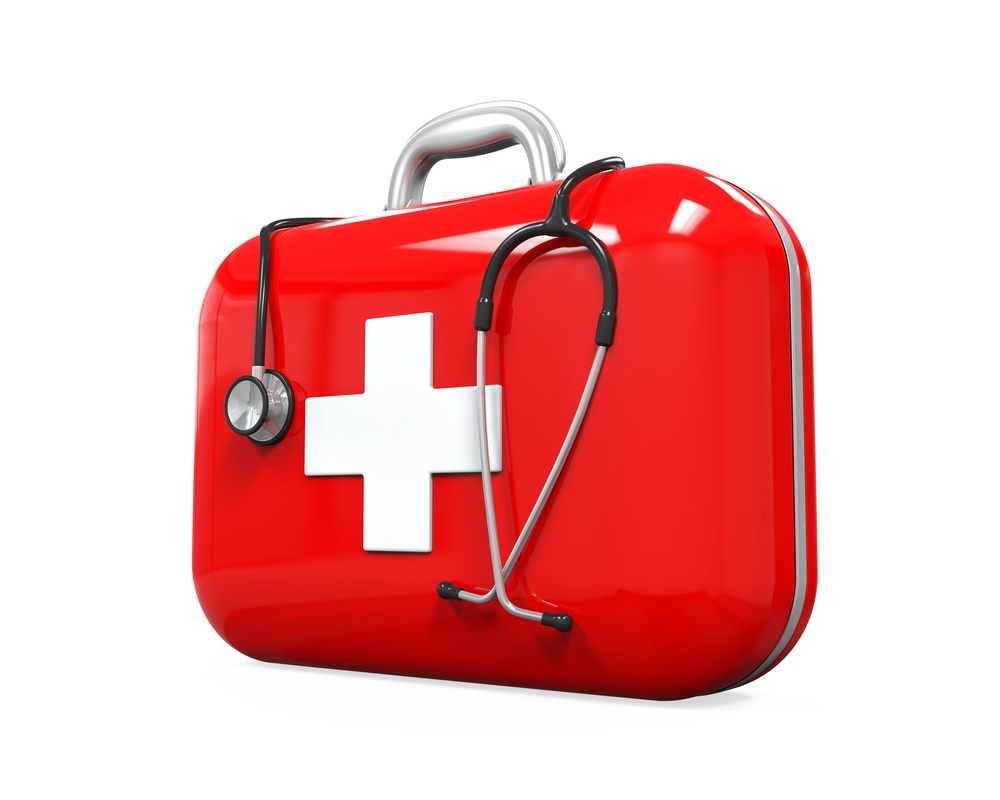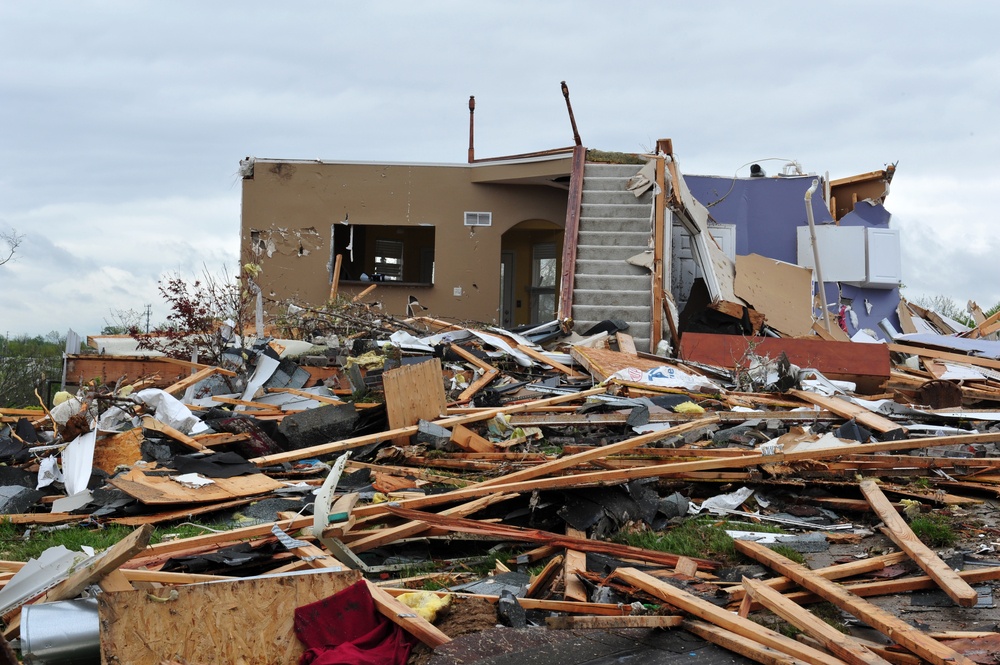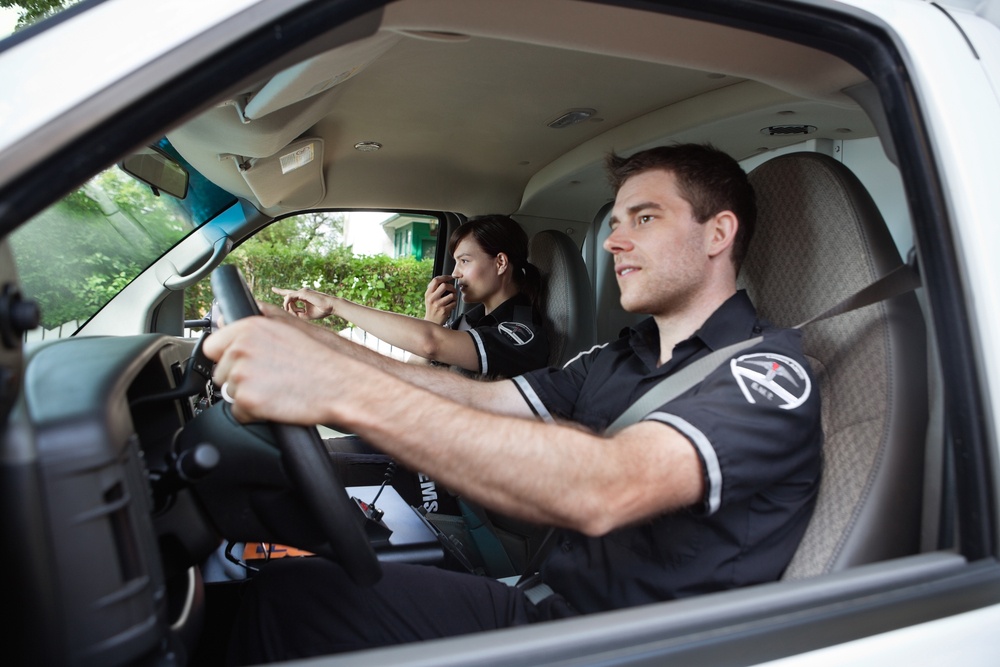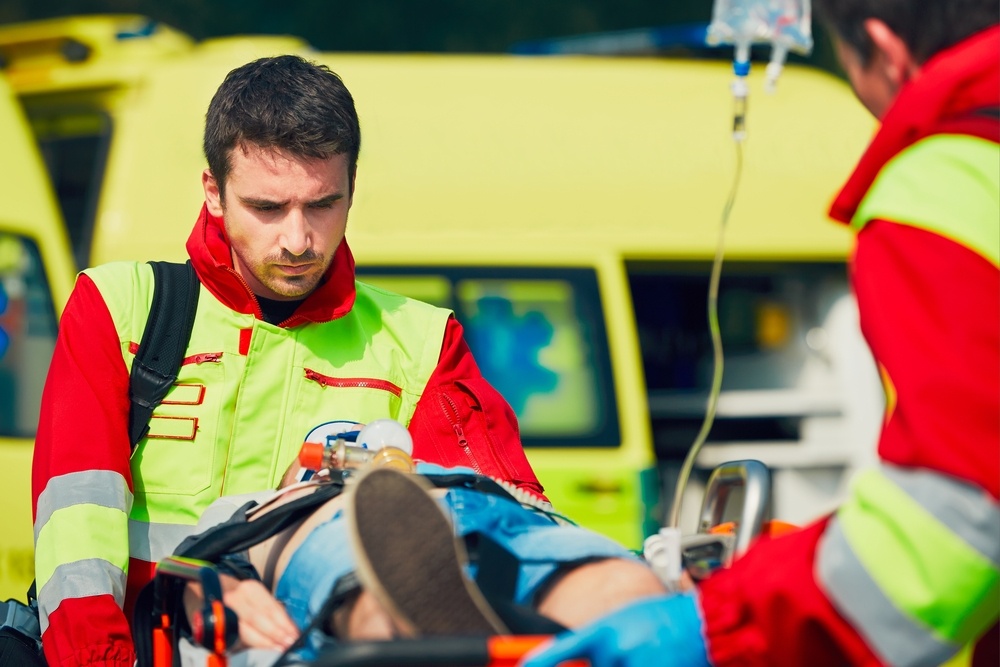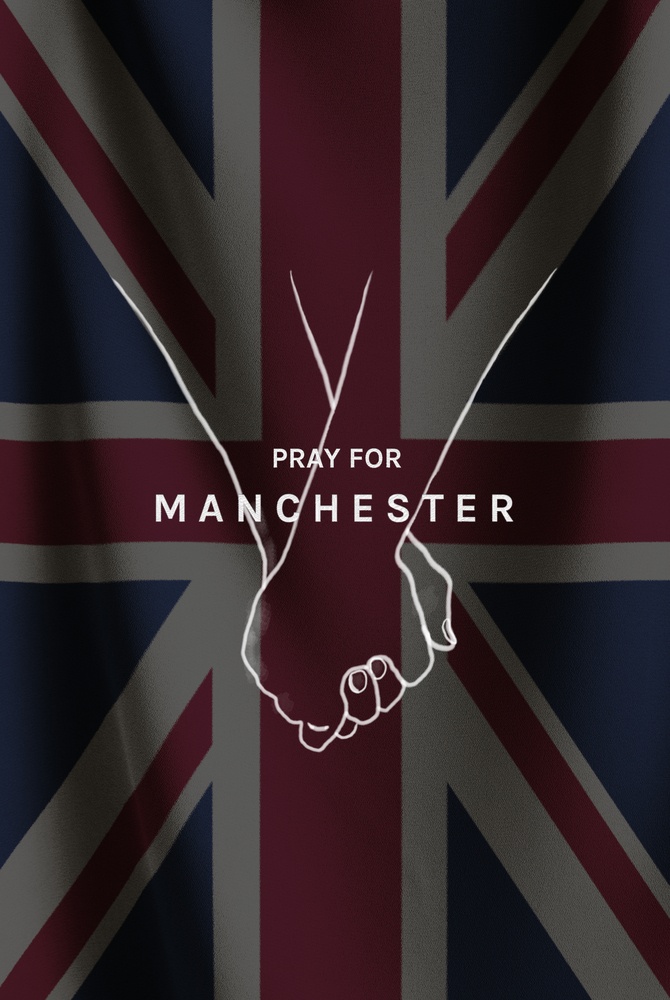Emergency medical service (EMS) personnel are the first to arrive at stressful scenes. Oftentimes calls bring these crews to individuals who are scared, hurt, or angry. These heroic professionals work tirelessly to help in any way they can, even going into burning buildings in the case of your local fireman.
Graham Medical
Recent Posts
Smoking Effects on Lost Work Time for EMS Personnel
In recent years, the effects of sleep deprivation and its effects on EMS health and safety have come onto the radar. Depending on the area, it is not uncommon for EMS personnel to work 24-hour shifts. The responsibilities of EMS personnel require them to remain alert and attentive at all times in order to prevent procedural errors and avoid injury to themselves, co-workers, patients, and others. Studies show that consistently working long shifts causes fatigue, which makes even simple tasks become difficult, drug calculations more challenging, and the overall environment more unsafe.
Topics: EMS
Mega-Mover: Addressing the Pain Points of EMS Patient Transport
Emergency medical technicians (EMTs) and paramedics have an injury rate three times above the national average. To say there are pain points created during patient transportation is a fun play on words, but it's true. These emergency medical responders are highly prone to painful sprains, strains, bruises, and more.
Topics: MegaMover®, EMS
First Responder Safety Obstacles During Patient Transport
First responders are always focused on patient safety. Whether climbing five floors of an urban walk-up, navigating tiny doorways of an older house, or dealing with trash and clutter, the terrain doesn't matter as long as that EMS team can gain access to the person in need.
Topics: EMS
When Events Go Wrong - Patient Transport in Crowded Venues
Every second counts when transporting a patient to an emergency medical provider. Some patients may be critical, needing necessary care within that golden hour-long window. Other patients might be okay, but require fast stabilization of a break or tear to prevent further injury. Even minor ailments can cause patients extra pain and anxiety if they have to wait for transportation and care.
Topics: MegaMover®
Why the MegaMover® Should Be Your First Choice in Patient Transport
Patient transport challenges are nothing new, but EMS supply managers and directors are seeking better ways of transport that are suitable for heavier-to-morbidly-obese patients as well as to protect EMS personnel. EMS World reports that lower back injuries account for more than 21% of EMS workplace-related injuries. And more than half of the back injuries result from lifting patients.
Topics: MegaMover®
During search and rescue operations, there are many instances when conventional rigid stretchers are too big, bulky or awkward to use. This is particularly the case when there's a need to move a patient quickly due to impending danger.
Topics: EMS
Our Condolences to Families of the Manchester Arena Bombing
We, at Graham Medical, would like to extend our deepest sympathies and condolences to the families and victims of the May 22nd terrorist bombing at the Manchester Arena in Manchester, England.
Rigid Versus Flexible Stretchers in Patient Transport
The role of the EMT is first and foremost that of a patient transporter - safely moving the patient from the point of injury, or occurrence, to a point of care and, meanwhile, assuring that the patient is stabilized and supported on the way. This is not to demean or belittle the importance of the stabilization and supportive activities, nor the training and dedication required to provide them. Rather, it is to emphasize and reinforce the importance of the transporting function.
Topics: MegaMover®, EMS
You use the MegaMover® all the time and know everything there is to know about how versatile, maneuverable and convenient it is. Right? BUT, there may be some things you don’t know about it or didn’t even think to ask.
Topics: MegaMover®


